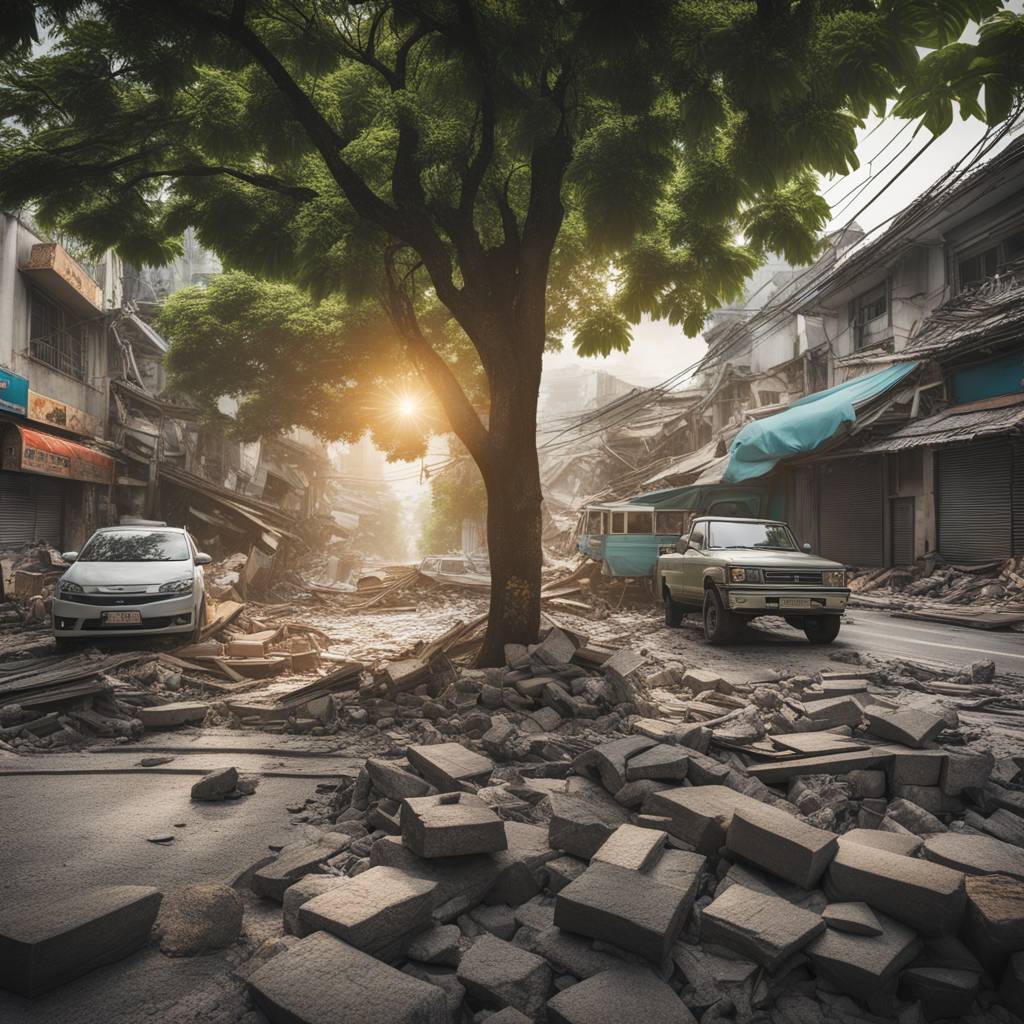The earthquake that shook Taiwan on Wednesday morning was the most powerful to hit the island in decades, with a magnitude of 7.2 according to Taiwan’s monitoring agency and 7.4 according to the US Geological Survey. Located along the Pacific “Ring of Fire,” Taiwan experiences frequent seismic activity and is constantly preparing for earthquakes. Despite this, authorities did not transmit alerts for Wednesday’s quake, as they expected it to be mild. The epicenter of the earthquake was near the city of Hualien, triggering multiple aftershocks throughout the day. This earthquake was the most powerful to strike Taiwan since the devastating “921 quake” in 1999, which resulted in thousands of deaths and widespread destruction.
The quake on Wednesday resulted in at least nine deaths and over 1,000 reported injuries. The majority of deaths were caused by falling rocks in Taroko National Park, while one person died in a damaged residential building. Rescue crews continue to search for those trapped under rubble, with reports of workers stranded at rock quarries. Damage in Hualien includes 48 residential buildings, with efforts underway to restore water and electricity. Videos shared on social media show buildings leaning at steep angles, with firefighters rescuing people from partially collapsed structures. The earthquake also caused landslides and widespread infrastructure damage.
Hualien Mayor Hsu Chen-wei reported that at least 48 residential buildings sustained damage in the city, with ongoing efforts to restore basic services. The severe aftershocks and landslides caused significant destruction, with at least two dozen landslides reported. In 2018, Hualien was struck by another deadly quake that resulted in 17 deaths and the destruction of a historic hotel. The current earthquake has reignited concerns about the region’s vulnerability to seismic activity, prompting authorities to assess and reinforce infrastructure to mitigate future risks.
The earthquake in Taiwan has highlighted the region’s vulnerability to seismic activity and the importance of preparedness and response measures. While the island is accustomed to earthquakes, the severity of Wednesday’s quake caught authorities off guard, resulting in fatalities and injuries. The continued efforts of rescue crews and emergency services are crucial in the aftermath of the disaster, as they work to locate and assist those in need. The widespread destruction in Hualien serves as a stark reminder of the unpredictable nature of earthquakes and the importance of proactive measures to ensure public safety and reduce the impact of future events.
The earthquake in Taiwan has prompted a renewed focus on disaster preparedness and response capabilities, as authorities assess the extent of the damage and plan for recovery efforts. The resilience of communities affected by the quake will be crucial in rebuilding and relocating those displaced by the disaster. While the immediate focus is on search and rescue operations, the long-term impact of the earthquake will require sustained efforts to address infrastructure damage and support those affected. The solidarity and support of the international community will also play a key role in assisting Taiwan in its recovery and rebuilding efforts following this devastating earthquake.


